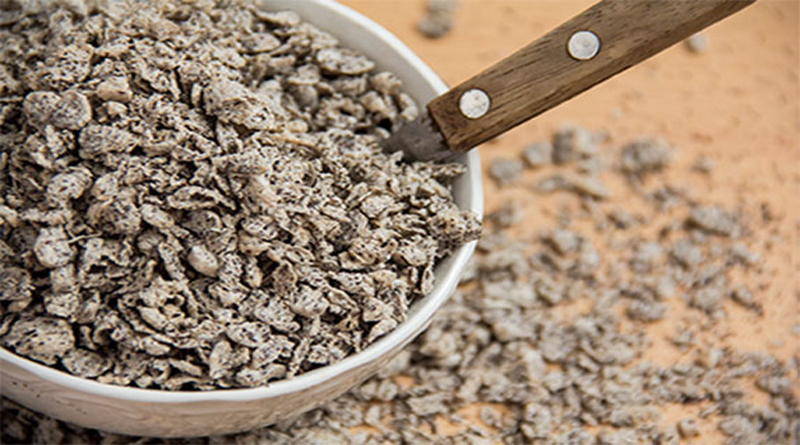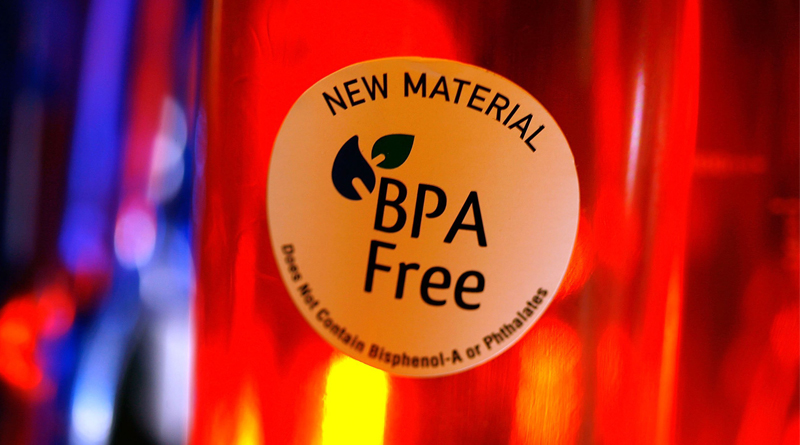
Almonds have shown potential in “boosting the skin from within,” according to a study from the University of California-Davis (UC Davis). The researchers used high-resolution imaging to examine the skin and the process showed reduced measures of wrinkle width and severity in post-menopausal women who ate almonds as a daily snack. The findings show that almonds may hold promise as a food to include as part of a healthy aging diet, especially for post-menopausal women. However, the researchers explain that the specific mechanism responsible for the study results is still unknown and warrants further research.
The study was funded by the Almond Board of California (ABC) and is the first of its kind to examine almonds’ effects on skin health. “This study is the first investigating the impact of daily almond snacking on skin health. Pilot studies are often used to explore a novel intervention and provide directional guidance. This is one of the few studies to investigate how a whole food might impact wrinkle development and is the first to look at almonds in this context,” an ABC spokesperson tells NutritionInsight.
“Wrinkle severity improved significantly in those who consumed almonds. There are several nutrients found in almonds that can potentially benefit the skin. Almonds contain niacin, riboflavin, zinc and biotin that may potentially be beneficial, although skin-related benefits specific to these nutrients will require more study,” the ABC spokesperson adds.
They go on to explain that riboflavin, niacin and zinc all qualify for claims related to maintaining skin health in the EU. In addition, almonds are a rich source of the antioxidant vitamin E and deliver essential fatty acids and polyphenols.
Thanks to their nutrient profile, almonds are already among the natural ingredients leading the charge as consumers demand more from their snacks by looking for those which offer added benefits as well as convenience and great taste. But now there are even more reasons for food developers to use them.
“This research is really interesting in light of established health food trends. There has already been a surge in new almond product introductions in response to increased consumer demand for healthy, clean label and plant-based foods but this study plays into an ever-developing trend towards functional nutrition,” notes Lu Ann Williams, Director of Innovation at Innova Market Insights.
“With snacking now a part of daily life, it’s a central focus for innovation and almonds can help manufacturers respond to consumers looking for definitive benefits, including beauty benefits, from their snacks and food,” she adds.
According to Innova Market Insights data, the use of nuts and seeds in food and beverage launches has increased globally, featuring a 7 percent year-over-year growth when comparing 2018 and 2017 launches. Globally, the snack category has grown in importance for almonds as the second-largest category for almond introductions.
“The interest in studying the relationship between almonds and skin health was inspired by the role of almonds for skin and hair health, as documented in Ayurveda, an ancient medicinal tradition in India. Almonds are also commonly used in topical products to promote healthy skin,” the ABC spokesperson says.
Almond science
There are currently two additional studies underway examining almond consumption and skin health, both funded by ABC. We look forward to sharing the results of those studies upon publication, but this is still an area where more research is required before any official claims could be made.
In this 16-week randomized controlled trial, 28 healthy post-menopausal women with Fitzpatrick skin type 1 or 2 (characterized by an increased tendency to burn with sun exposure) were randomly assigned to one of two groups. In the intervention group, women ate almonds as a snack, which accounted for 20 percent of their total daily calorie intake, or 340 calories per day on average (about two 30-gram servings).
The control group ate a nut-free snack that also accounted for 20 percent of calories: a cereal bar, granola bar or pretzels. Aside from these snacks, study participants ate their regular diets and did not eat any nuts or nut-containing products.
Skin assessments were made at the start of the study, and again at four weeks, eight weeks, 12 weeks and 16 weeks. At each visit, facial wrinkles were assessed using high-resolution facial imaging and validated 3D facial modeling and measurement.
“These high-resolution cameras allow for 3D reconstruction of any wrinkles so that they can be mapped for their key characteristics of width and severity. The severity score is a calculation of the depth and length of a wrinkle,” explains Raja Sivamani, Integrative Dermatologist and lead researcher on the study.
Skin barrier function was also assessed, by measuring sebum production and transepidermal water loss (TEWL). Skin barrier function examines the strength of the skin barrier and how well it protects skin from moisture loss (TEWL) and from harmful irritants coming from the environment.
By the end of the study, photographic image analysis showed statistically significant improvements for participants in the almond snack group compared to the control group (P<0.02): wrinkle width decreased by 10 percent, while wrinkle severity decreased by 9 percent.
There were no significant changes in the skin barrier function between groups.
“Food as a means of promoting skin health – the ‘health from the inside out’ idea – is of growing interest to those looking for options for healthy aging,” concludes Dr. Sivamani.
Source: Nutrition Insight









